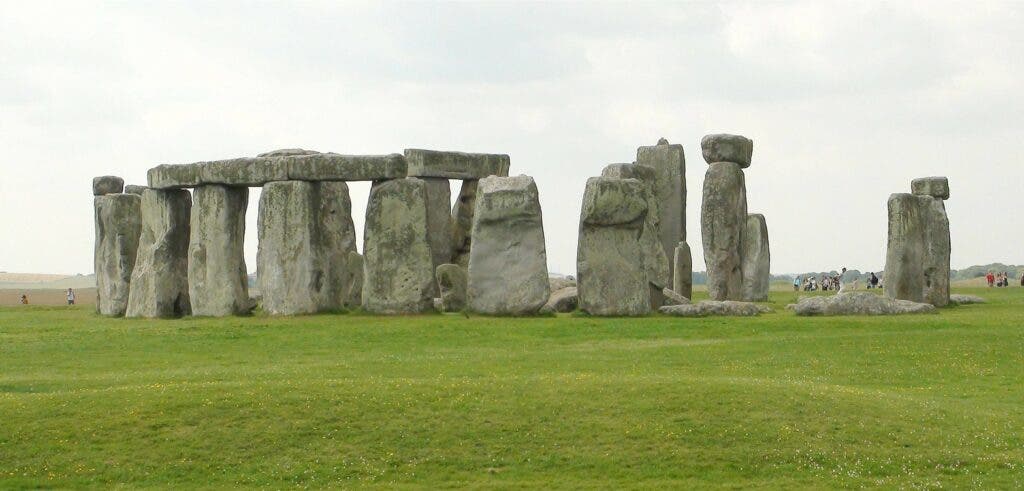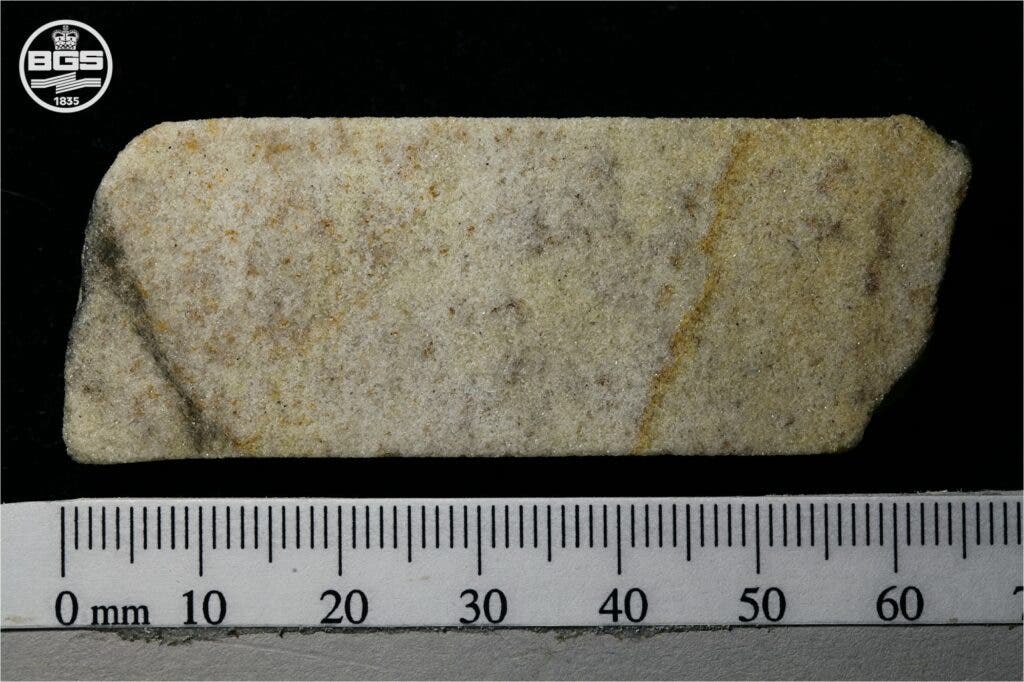The famous prehistoric landmark of Stonehenge in the United Kingdom has always been shrouded in a layer of mystery. But one step at a time, scientists are starting to answer some of the questions behind the monument. Now, a new study has revealed how the monument is still standing after all this time.

Built some 4,600 years ago, Stonehenge has fascinated historians, geologists, travelers, and artists for centuries. We know that it was a bustling spiritual center and that it must have held a huge significance for the society that built it, based on previous studies. We also have a pretty good idea of where the rocks that make it come from (about 180 miles). But Stonehenge is still keen on keeping some of its secrets.
An old drill
In 1958, Robert Phillips, a representative of a drilling company performing restoration work on the monument, took a cylindrical core after it was drilled from one of Stonehenge’s pillars — Stone 58. Philipps emigrated to the US and took the core with him. The piece then returned to the UK in 2018 and was handed over to a group of researchers.
Because of its protected status, it’s no longer possible to extract samples from the stones, which makes Philipps’ core quite unique. That’s why the core’s return presented a big opportunity, allowing the researchers to do unprecedented geochemical analyses of the Stonehenge pillar, which they described in the new study. It’s the first comprehensive scientific analysis of the megalith.
“Getting access to the core drilled from Stone 58 was very much the Holy Grail for our research. All the previous work on sarsens at Stonehenge involved samples either excavated from the site or knocked off from random stones,” David Nash, who led the study, said in a statement. “This small sample is now probably the most analyzed piece of stone other than moon rock.”
A comprehensive analysis
The megalith is made of stone called silcrete that formed gradually within a few meters of the ground surface as a result of groundwater washing through buried sediment. Using X-rays and microscopes, the researchers found the silcrete is made of sand-sized quartz grains joined together by an interlocking mosaic of quartz crystals.
Quartz is extremely durable and doesn’t easily crumble or erode even when exposed to eons of wind and weather. This may have been why the builders chose to use it for their massive monument thousands of years ago. Instead of using the closest and biggest boulders, they went for the ones that could stand the longest time, Nash said.

The study also showed that the sediments within which the stone developed were deposited during the Paleogene period, from 66 million to 23 million years ago. This means that the megalith can’t be older than this. However, when comparing the isotopes in the samples, they found certain sediments were even more ancient, which raises an interesting question.
“Some of the grains were likely eroded from rocks dating to the Mesozoic era, from 252 million to 66 million years ago, when they may have been trodden upon by dinosaurs. And some of the sand grains formed as long ago as 1 billion to 1.6 billion years ago,” Nash said in a statement.
While the study answered some questions about the monument, other unresolved puzzles remain – including the location of the other two cores that were drilled from Stone 58 during the 1958 restoration that vanished from the record. Curators from the Salisbury Museum in England discovered part of one of those cores in their collection in 2019.
The study was published in the journal Plos One.






